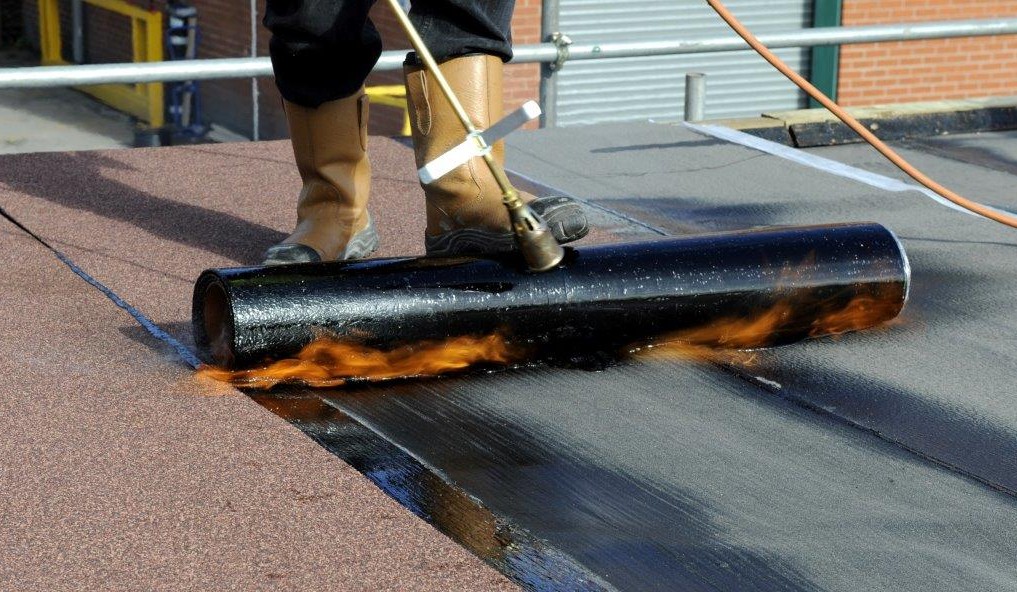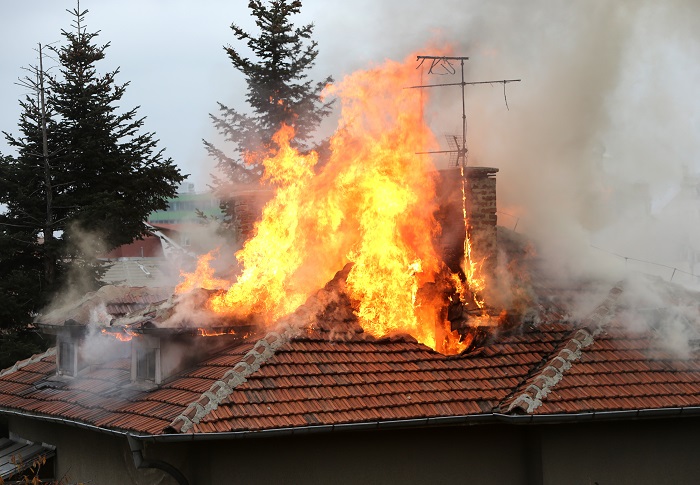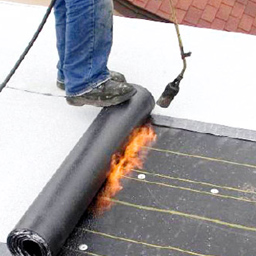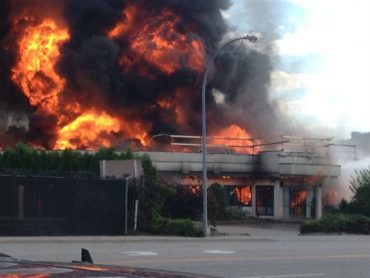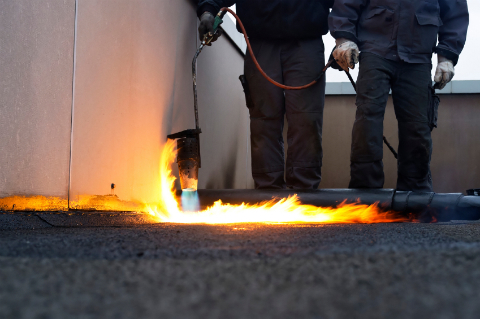With this system the modified bitumen can bond tightly to metal flashings while the rubbery additives in the asphalt allow the roofing to expand and contract when other roofing systems.
Torch down roof fires.
The primary downside of torch down roofing is that it is applied with an open flame and therefore always poses some level of fire hazard.
Fires caused by open flame propane torches on flat roof installations splash across the news on a fairly regular basis like the one in toronto recently that burned down an entire row of new townhouses.
Torch down roofing sometimes referred to as torch on roofing is so named because it requires an open flame propane torch.
As a construction material modified bitumen is highly fire resistant.
Most of these fires are immediately extinguished it being mandatory to have fire extinguishers present at all times.
Propane torch caused roof fires are a daily occurrence in b c.
In this installation method sheets of modified bitumen are rolled out onto the roof and a roofing professional uses a hand held propane torch to heat the material and adhere it to the surface.
Torch on roofing posses significant fire risks.
Torch on or sometimes referred to as torch down roofing is a combination of two ingredients modified asphalt and resin.
This layer now becomes a waterproof material that is ideal for both commercial and residential use.
These two main base materials are melted together using a torch to form a thick layer.
They call into question whether old school torched down asphalt based roofing makes sense in residential construction any more.
Torch down roofing is used only for flat or low slope roofs.



